McDonnell Douglas F-4 Phantom USAF
Production Time 9 to 10 weeks
Shipment is by FedEx, UPS or DHL International Express Courier with a normal door-to-door delivery time worldwide of within 2-3 business days after dispatch. Due to the current volatility of world fuel prices, the amount mentioned here is our best estimate for DHL and UPS and may be subject to change at the time of shipping.

Model Description: McDonnell Douglas F-4 Phantom USAF Wood Replica Scale Custom Jet Model
Manufacturer: McDonnell Douglas
Wingspan: 10.4 Inches (26.4 Centimeters)
Height: 4.45 Inches (11.3 Centimeters)
Scale: 1:44
$239.50
Production Time 9 to 10 weeks
-
United States dollar ($)
-
Pound sterling (£)
-
Euro (€)
-
Australian dollar ($)
-
Canadian dollar ($)
-
Singapore dollar ($)
-
Swiss franc (CHF)
-
Japanese yen (¥)
-
Danish krone (kr.)
-
Hong Kong dollar ($)
-
Norwegian krone (kr)
-
Swedish krona (kr)
-
United Arab Emirates dirham (د.إ)
General Product Description
Our PlaneArt McDonnell Douglas F-4 Phantom USAF model exhibits unique, unrivaled quality and detailed design to come as close as possible to the accuracy of the actual plane. It comes as standard with a robust, durable base or stand which is available in a variety of different finishes designed to match your own personal requirements including solid wood, wood with polished metal supports or adjustable wood wall mount and will be ready within about 9-10 weeks from placement of order.
The McDonnell Douglas F-4 Phantom USAF model is made of the finest kiln dried renewable mahogany wood (commonly known as Lauan or Meranti) which has undergone many stages of carving and meticulous and careful sanding giving the beautiful, finished museum quality masterpiece. Many collectors and model connoisseurs demonstrate their preference for genuine handmade and hand painted mahogany wood models rather than plastic or die cast (diecast) alternatives due to the overall look and totally different feel of the item - we trust you will find the same. We can however, if required produce the same model in Solid Cast Resin so just click and contact us for further information. Our craftsmen and gifted artisans ensure that our finely handcrafted model airplanes match the precise blueprint details of the original aircraft. The paint scheme, markings and parts are closely matched, reflecting the original aircraft. This stylish top-quality desktop replica model will surely enthrall anyone who receives this as a gift and for sure one of the most appropriate and desirably collectable gifts for any aviation enthusiast or avid military jet aircraft collector whilst also displaying a perfect resemblance to the actual real life version.
There are many types of military jet aircraft, but the basic types are bombers, fighters, fighter bombers, spotter planes, transporters, patrol aircraft, trainers, and reconnaissance and observation aircraft. All these types of aircraft are used for different types of missions. If you're a fan of historic or present-day military aviation, our model aircraft will bring the excitement and character of these aircraft right into your own home.
If you require, we can also make the McDonnell Douglas F-4 Phantom USAF model in any other military, government or even private livery or colour scheme you require and if necessary, in a different size or scale. Just click here to contact us with a description or photographs of what you require, and we will let you have a quotation for the necessary customization by return email. We can also make bespoke scale replicas of any other private / civil commercial airliner or airliners, helicopter, glider, gliders with engines, military propeller, warplane jets, biplane, triplane, tail fin, spacecraft, rocket or NASA model you require in any airline, military or civilian livery or colors. We also produce model airships, blimps, dirigibles, blimps, boats, and ship collectibles. Wall plaque or seal for military, government or private customers. Again, by clicking here to contact us just let us know exactly what you need.
As you may or may not be aware the trade name and copyright permissions for this McDonnell Douglas aircraft are now under the ownership of the Boeing Company and as such, we are proud to be one of the very few international and fully licensed manufacturers of Boeing solid mahogany wood models. You may be interested to read more about the fascinating background to the famous aviation names now under the Boeing umbrella by clicking on the following “Officially Licensed Product” image below:
The McDonnell Douglas F-4 Phantom: A Cornerstone of USAF History
The McDonnell Douglas F-4 Phantom II remains one of the most iconic aircraft in United States Air Force (USAF) history. Developed in the late 1950s by McDonnell Aircraft, the F-4 Phantom was originally conceived for U.S. Navy use but eventually proved its mettle across all branches of the U.S. military, especially in the Air Force, which adopted it in 1963. This article provides an overview of the F-4 Phantom, focusing on its design, capabilities, and service history with the USAF.
Development and Introduction:
The F-4 Phantom was a tandem two-seat, twin-engine, all-weather, long-range supersonic jet interceptor and fighter-bomber. It was remarkable for its time due to its advanced radar and avionics, which allowed it to carry out ground and aerial targets with unprecedented effectiveness. The development of the F-4 was driven by the need for a versatile and powerful aircraft that could maintain air superiority and execute ground attack missions.
Design and Features:
1. Performance: The F-4 Phantom was powered by two General Electric J79-GE-17 turbojet engines, each capable of producing a thrust of up to 17,845 pounds-force with afterburner, which could propel the aircraft to speeds of over Mach 2.2 (1,472 mph at altitude). Its operational ceiling exceeded 60,000 feet, with a maximum range of about 1,600 miles.
2. Armament: One of the defining features of the F-4 was its vast armament capacity. It could carry a payload of up to 18,000 pounds of weapons, including air-to-air missiles, air-to-ground missiles, and various bombs. The aircraft was initially designed without an internal cannon, but the F-4E variant introduced a 20mm M61 Vulcan cannon, responding to the need for close-in fighting capability.
3. Avionics: The aircraft was equipped with advanced radar and navigation systems, which allowed it to locate targets in all weather conditions. Its radar system was capable of tracking and engaging enemy aircraft before they were aware of its presence.
Operational History:
1. Vietnam War: The F-4 Phantom was heavily used during the Vietnam War, where it proved to be a dominant air superiority fighter and a capable ground-attack aircraft. It was instrumental in achieving air superiority over North Vietnam and was used extensively for ground-attack missions.
2. Later Service: After the Vietnam War, the F-4 continued to serve in the front lines of the USAF through the 1970s and 1980s until it was gradually replaced by more modern aircraft like the F-15 Eagle and F-16 Fighting Falcon. However, the F-4 Phantom remained in use for reconnaissance and Wild Weasel (Suppression of Enemy Air Defenses) missions.
3. International Use: The F-4 Phantom was also a major export success, serving in the air forces of 11 countries, including major NATO allies and other nations. It was highly valued for its versatility and robustness.
Legacy:
The legacy of the F-4 Phantom is profound. It set new standards for air power and versatility, which influenced generations of aircraft design. Over 5,000 Phantoms were produced, and its service record is a testament to its durability and the high regard in which it was held. The last USAF Phantoms were retired in 1996, but the type continues to serve in limited roles in other air forces around the world.
The F-4 Phantom remains a symbol of American air power during a significant period of Cold War tensions and technological innovation. Its impact on aerial combat and its role in shaping USAF capabilities continue to be recognized in the annals of military aviation history.
| Weight | 6 kg |
|---|---|
| Dimensions | 17 × 10.4 × 4.45 in |
Be the first to review “McDonnell Douglas F-4 Phantom USAF” Cancel reply
Similar Models
Tail Shields & Flashes, Plaques & Seals
Helicopters
Military Airplanes - Propeller
Military Airplanes - Jet
Military Airplanes - Propeller
Military Airplanes - Propeller
Military Airplanes - Jet
Military Airplanes - Jet
Military Airplanes - Jet
Military Airplanes - Jet
Military Airplanes - Jet
Military Airplanes - Jet
Military Airplanes - Jet
Military Airplanes - Jet
Military Airplanes - Propeller
Military Airplanes - Propeller
Helicopters
Helicopters
Helicopters
Helicopters
Helicopters
Military Airplanes - Jet
Military Airplanes - Jet
Military Airplanes - Jet
Military Airplanes - Jet
Military Airplanes - Jet
Military Airplanes - Jet
Military Airplanes - Jet
Tail Shields & Flashes, Plaques & Seals
Military Airplanes - Jet
Military Airplanes - Jet
Military Airplanes - Jet
Military Airplanes - Jet
Military Airplanes - Jet
Military Airplanes - Jet
Military Airplanes - Jet
Military Airplanes - Jet
Military Airplanes - Jet
Military Airplanes - Jet
Lockheed Martin F-16 USAF Stubby Chubby Pudgy Dumpy Version 2
Military Airplanes - Jet
Military Airplanes - Jet
Military Airplanes - Propeller
Military Airplanes - Propeller
Military Airplanes - Propeller
Military Airplanes - Jet
Military Airplanes - Jet
Military Airplanes - Jet
Military Airplanes - Jet
Military Airplanes - Propeller
Military Airplanes - Propeller
Military Airplanes - Propeller
Military Airplanes - Propeller
Military Airplanes - Propeller
Military Airplanes - Jet
Helicopters
Helicopters
Military Airplanes - Jet
Military Airplanes - Jet
Military Airplanes - Jet
Military Airplanes - Jet
Military Airplanes - Jet
Military Airplanes - Jet
Military Airplanes - Jet
Military Airplanes - Jet
Military Airplanes - Jet
Military Airplanes - Jet
Military Airplanes - Jet
Military Airplanes - Propeller
Military Airplanes - Jet
Military Airplanes - Jet
Fairchild Republic A-10 Thunderbolt USAF II Flying Razorbacks
Military Airplanes - Jet
Military Airplanes - Propeller
Military Airplanes - Jet
Military Airplanes - Propeller
Military Airplanes - Propeller
Military Airplanes - Propeller
Military Airplanes - Propeller
Private & Civilian
Military Airplanes - Jet
Military Airplanes - Jet
Military Airplanes - Propeller
Military Airplanes - Propeller
Military Airplanes - Propeller
Military Airplanes - Propeller
Military Airplanes - Jet
Military Airplanes - Jet
Military Airplanes - Jet
Military Airplanes - Jet
Military Airplanes - Jet
Military Airplanes - Jet
Tail Shields & Flashes, Plaques & Seals
Military Airplanes - Jet
Military Airplanes - Jet
Military Airplanes - Jet
Military Airplanes - Propeller
Military Airplanes - Propeller
Military Airplanes - Propeller
Military Airplanes - Propeller
Military Airplanes - Propeller

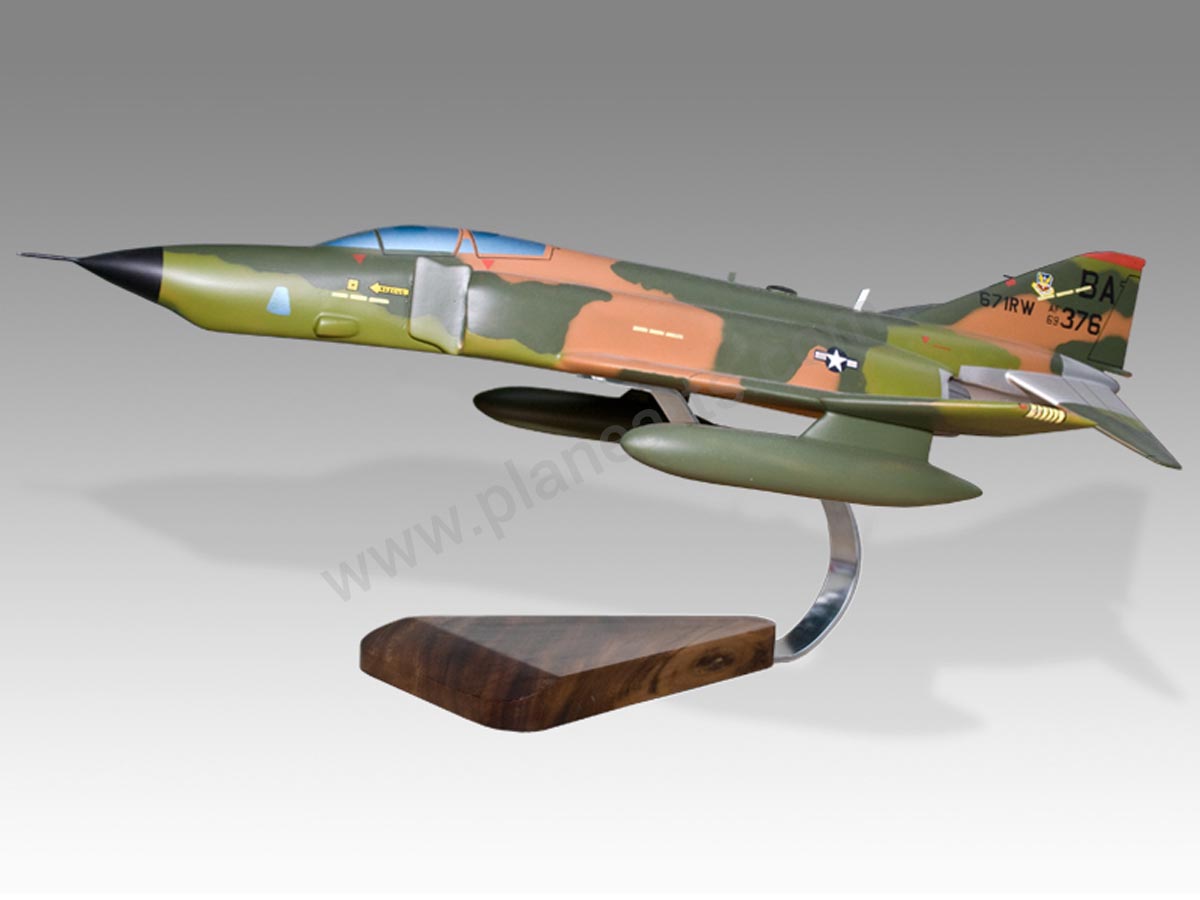
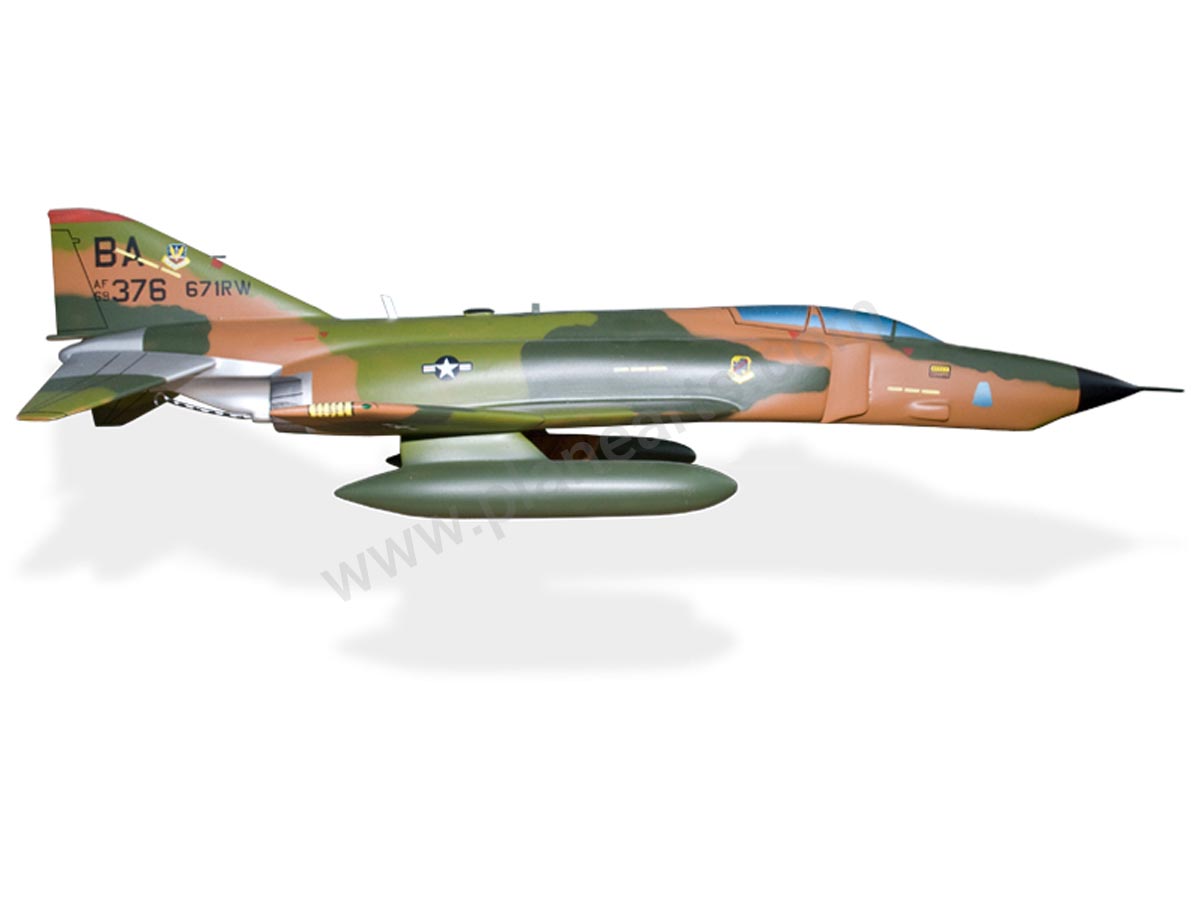
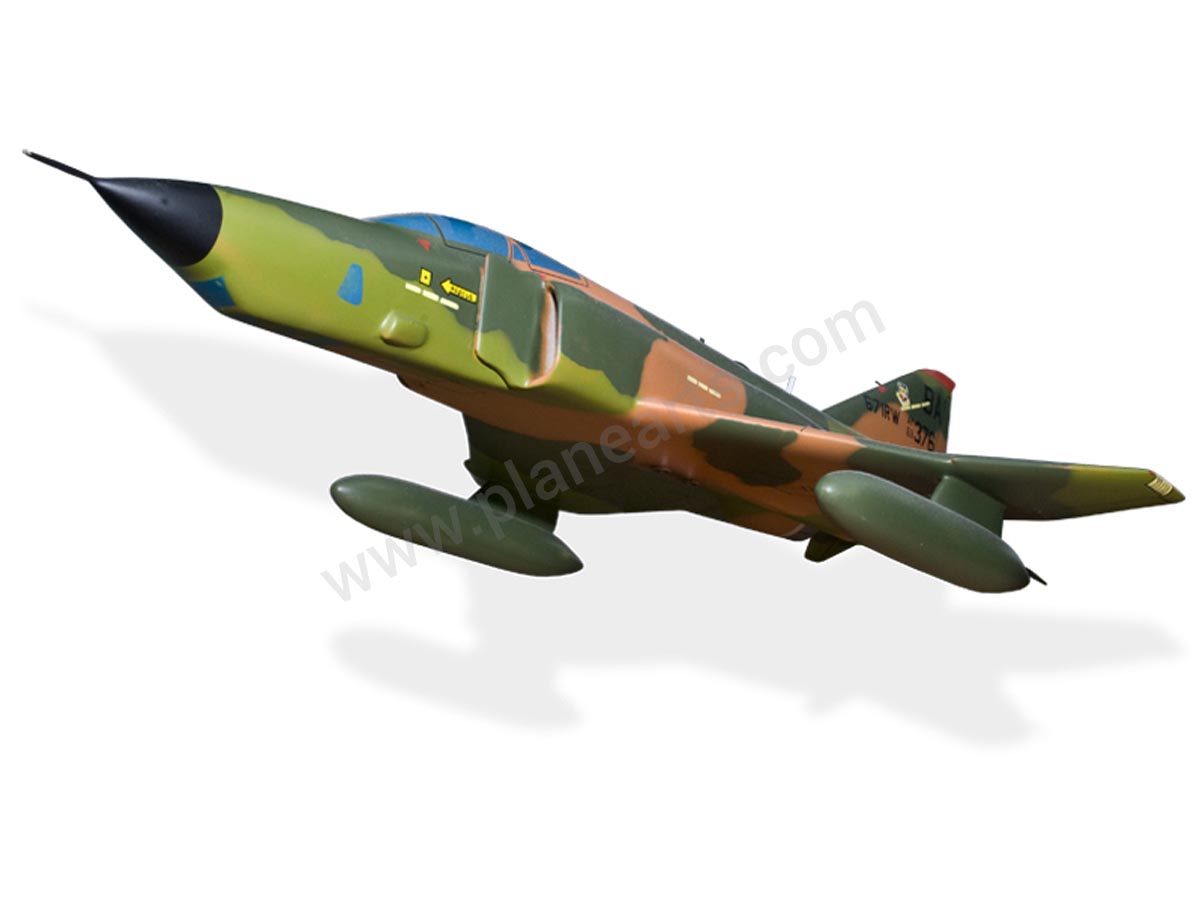
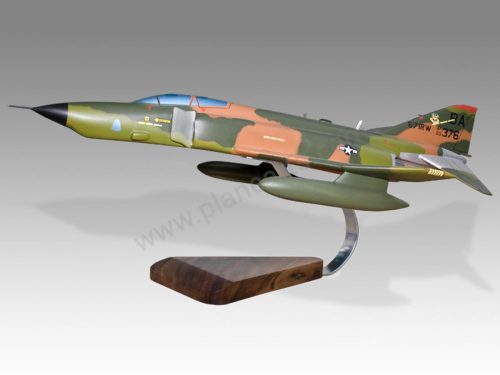
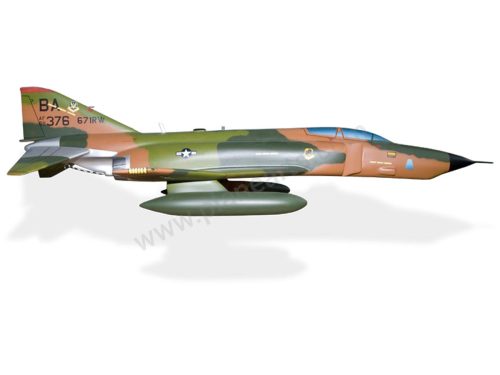
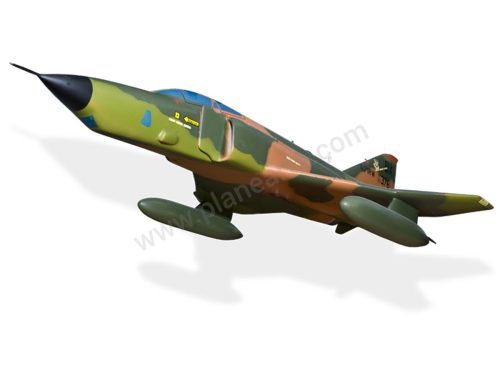
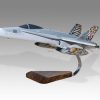



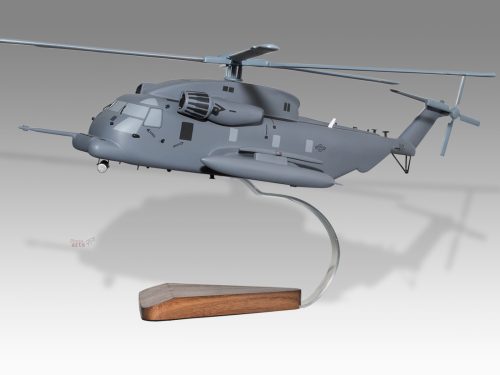

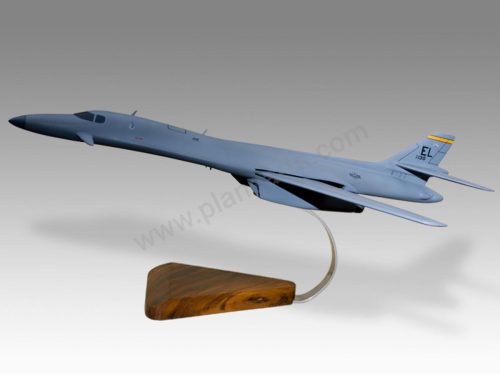
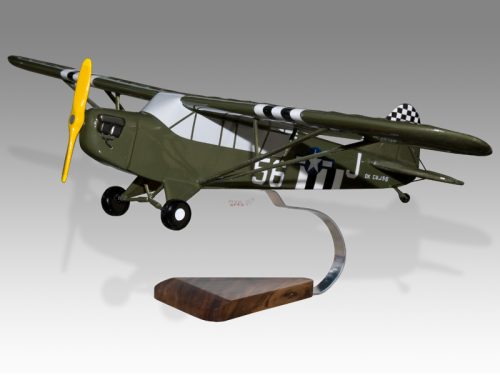

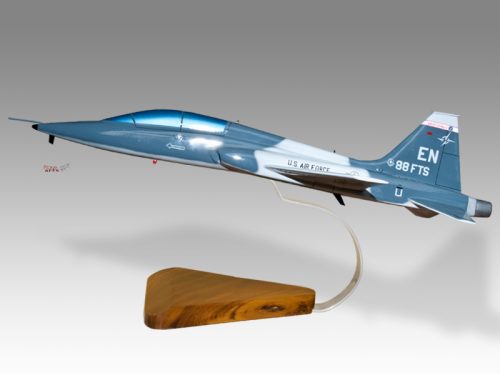
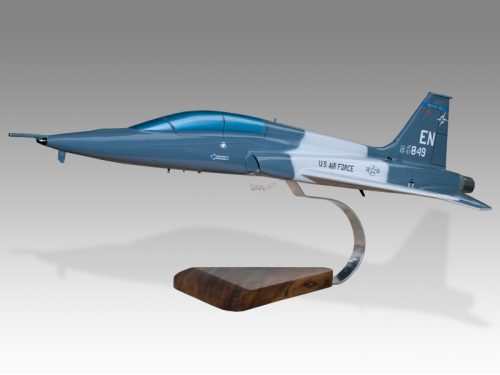
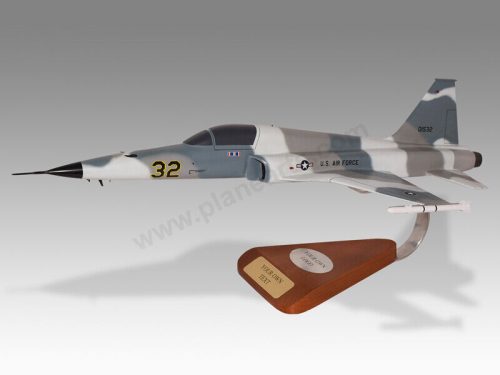
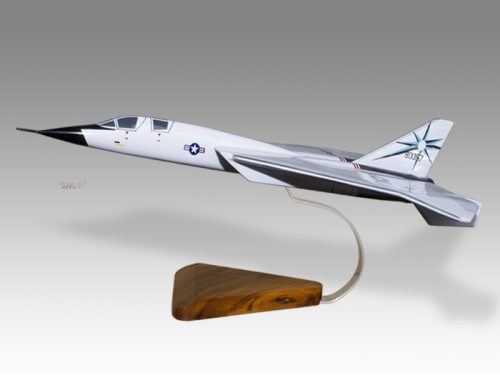
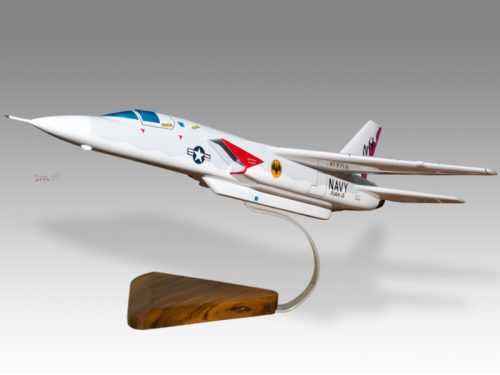
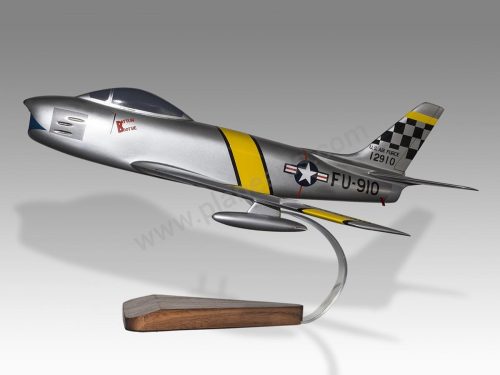

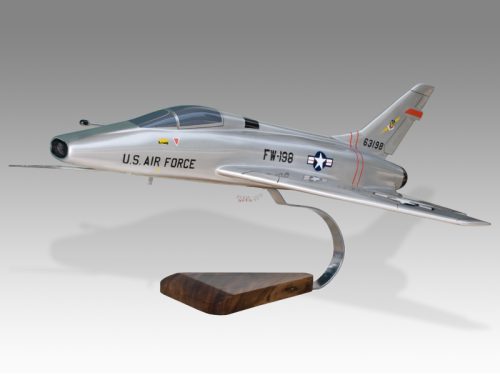
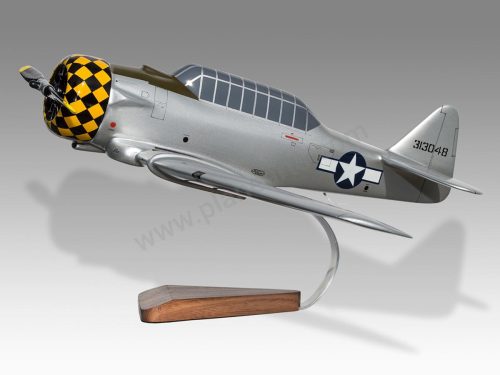


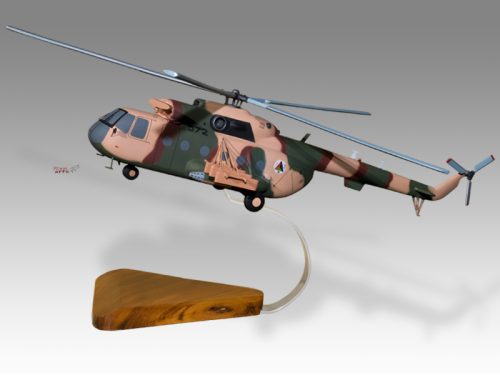
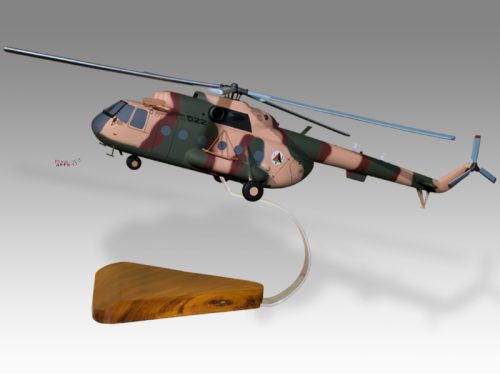

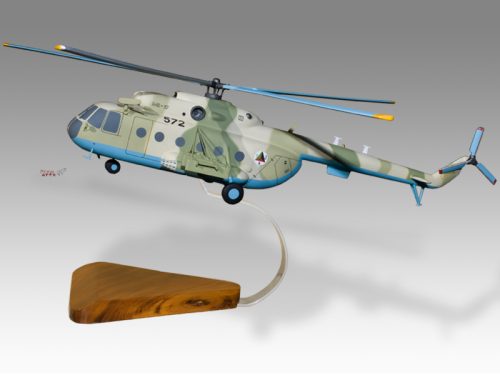
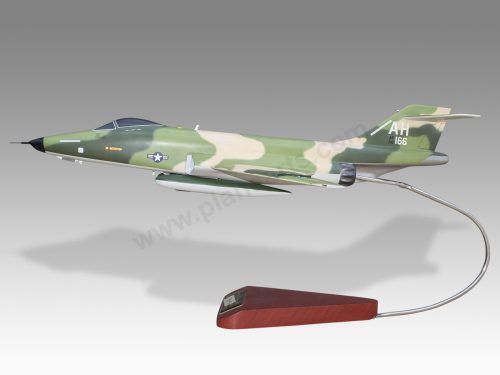

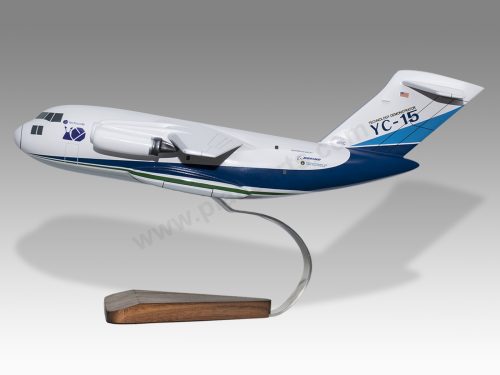

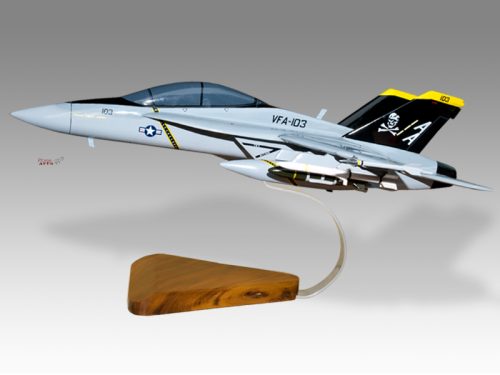


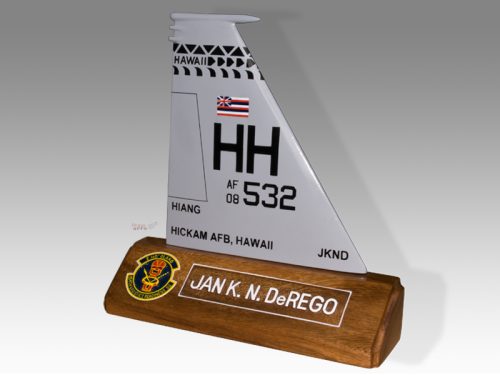
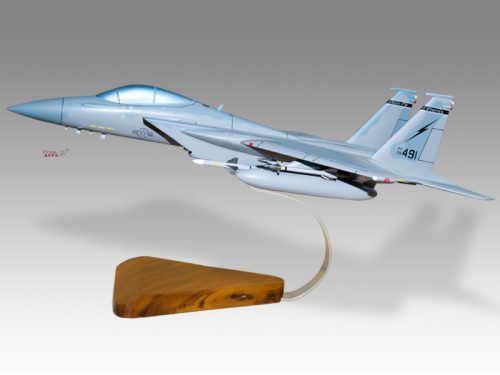

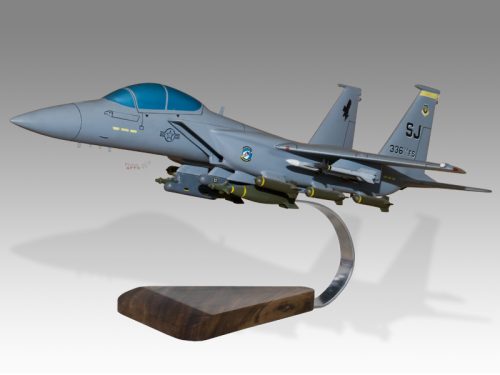
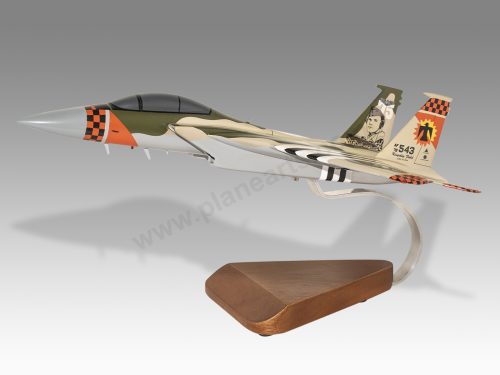

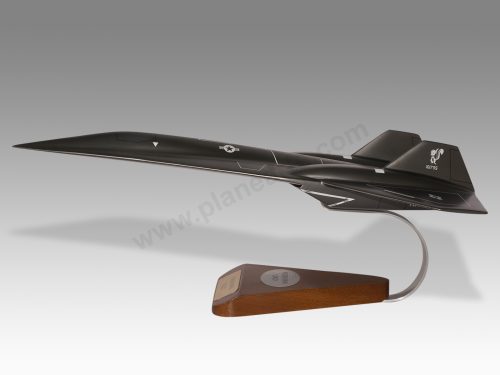
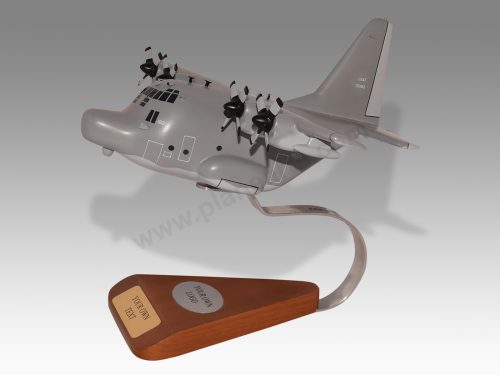
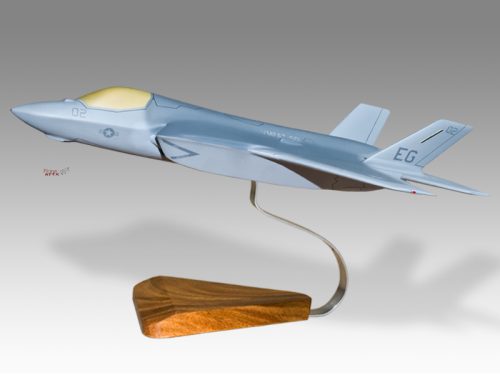
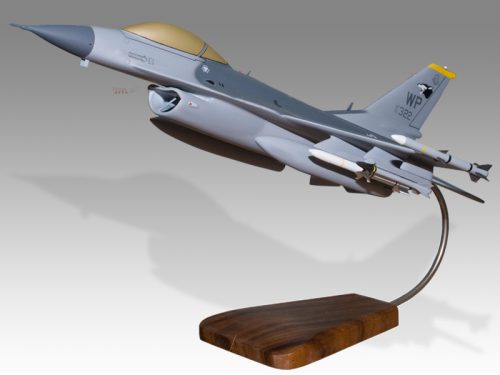
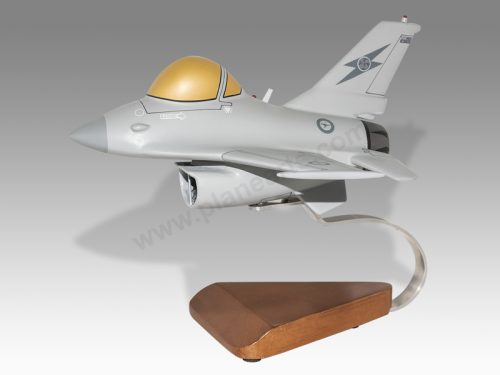
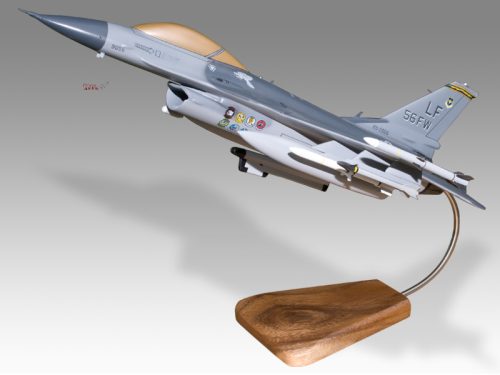
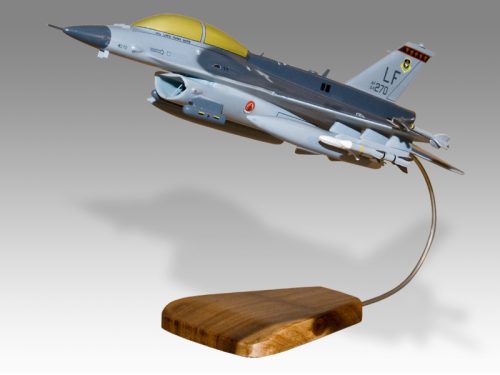

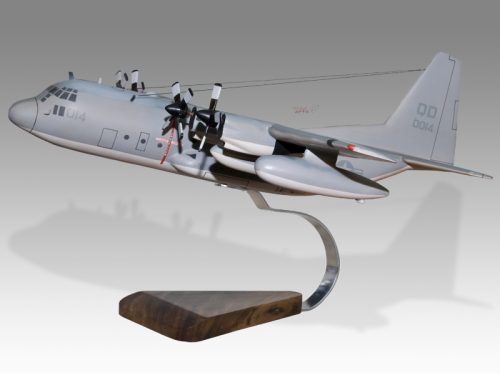
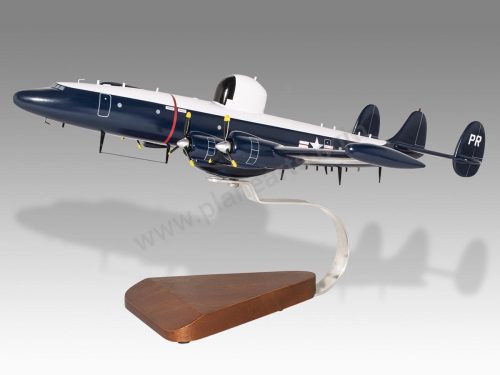

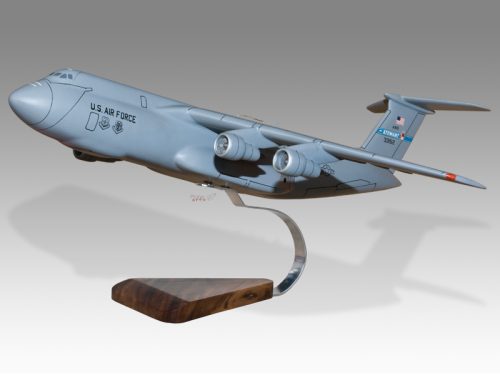
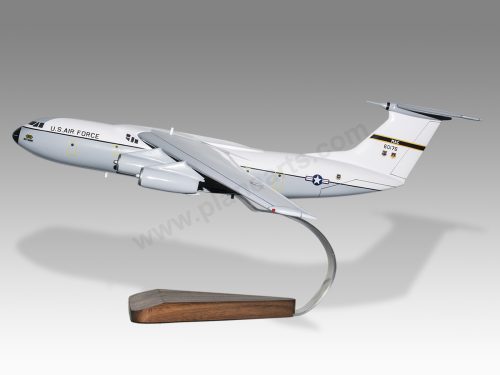
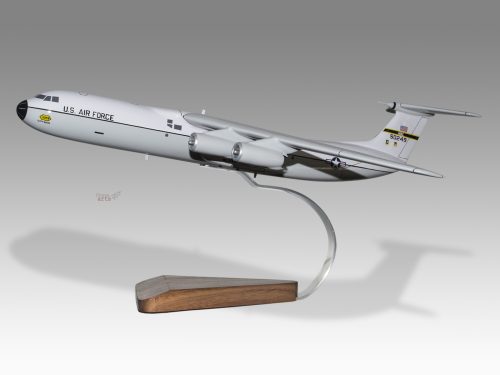
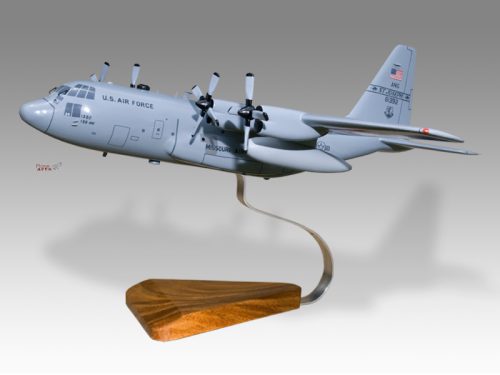
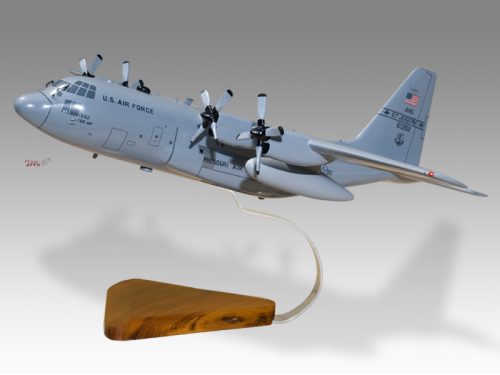
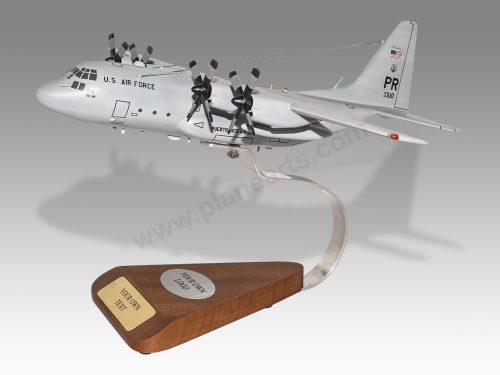
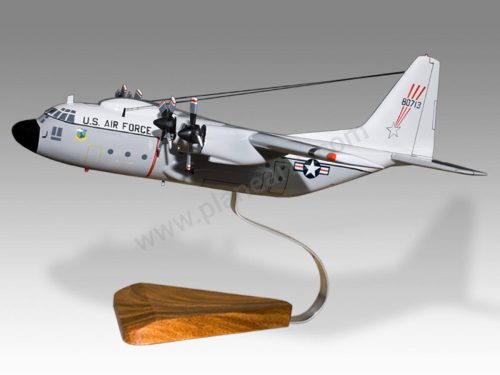
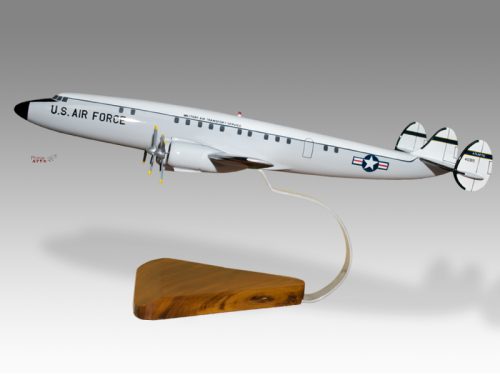
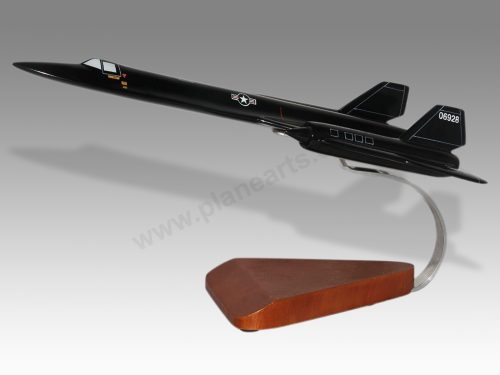



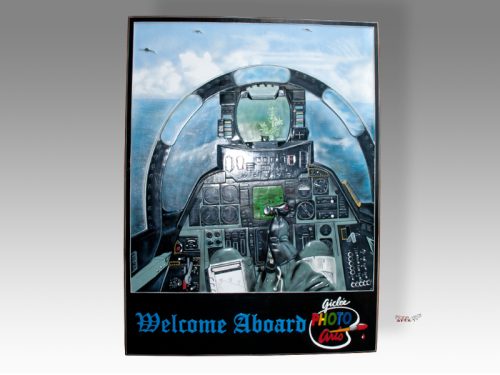
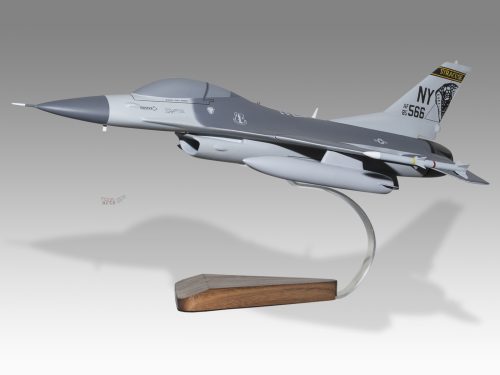

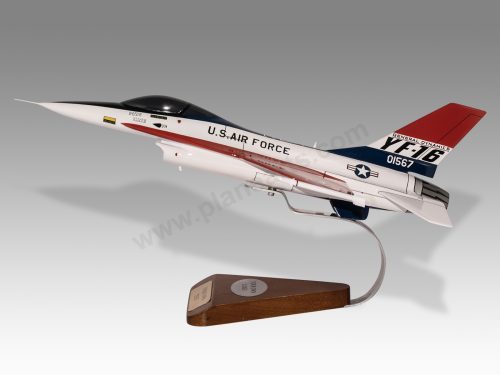

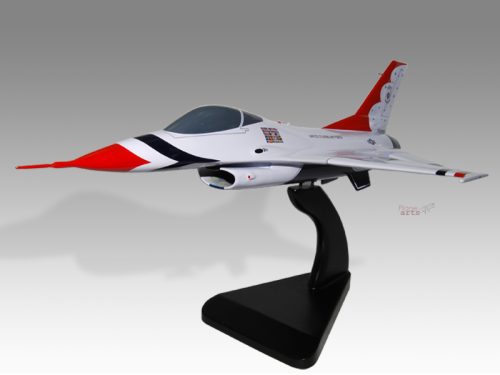


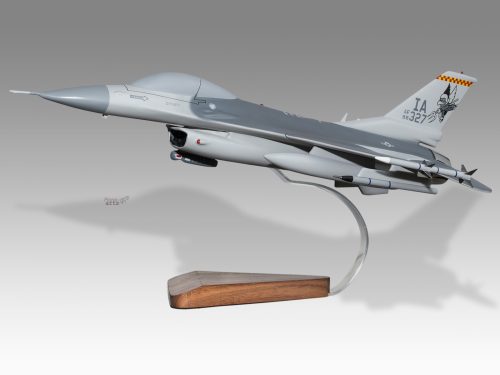
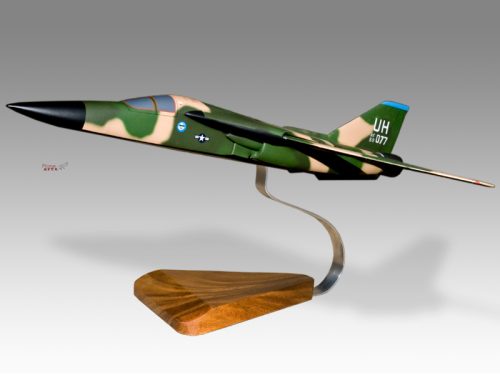
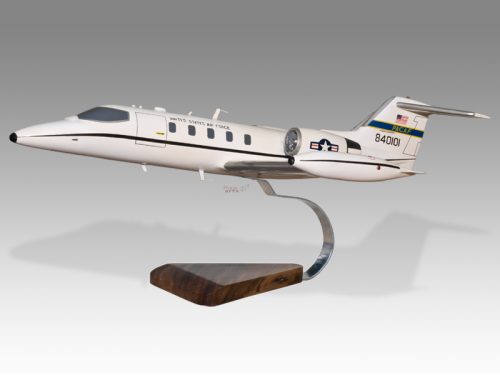
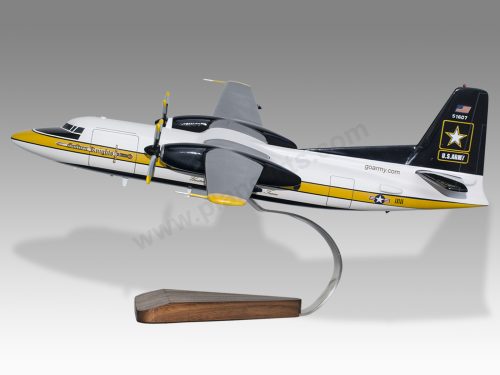

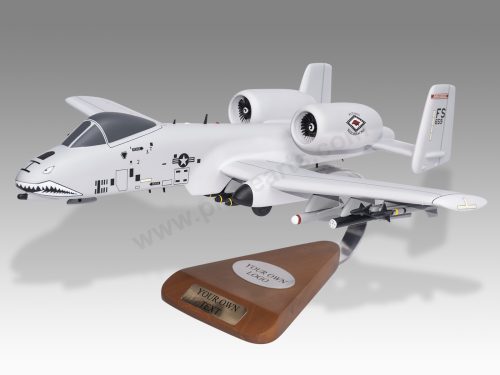
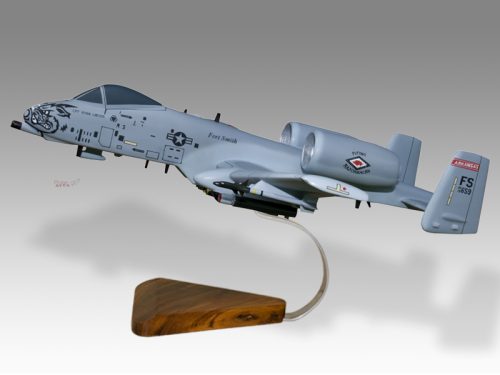

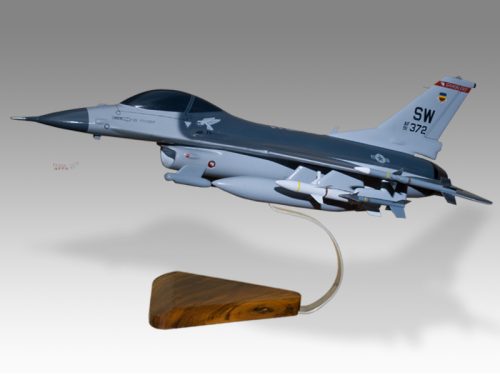
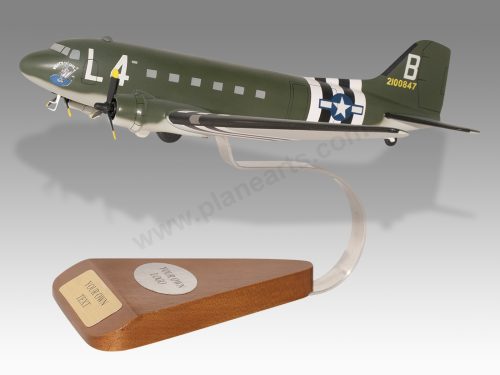

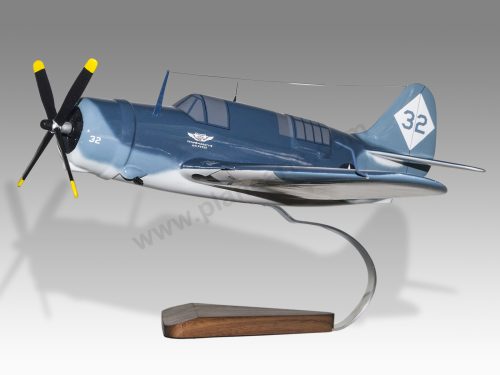










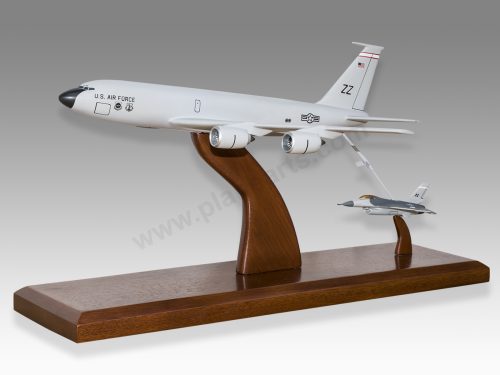
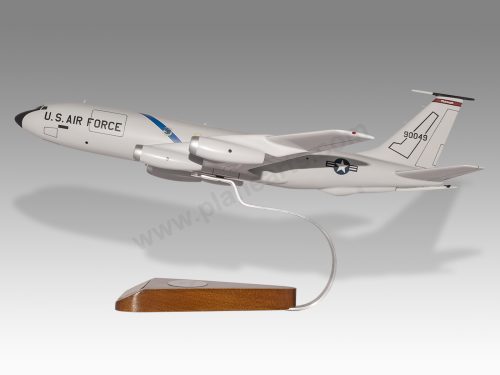
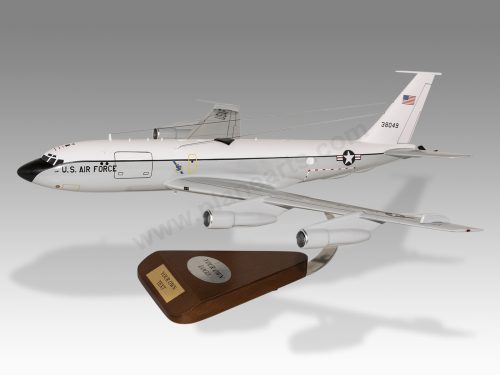

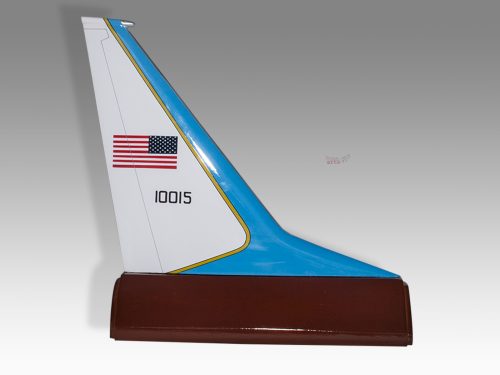
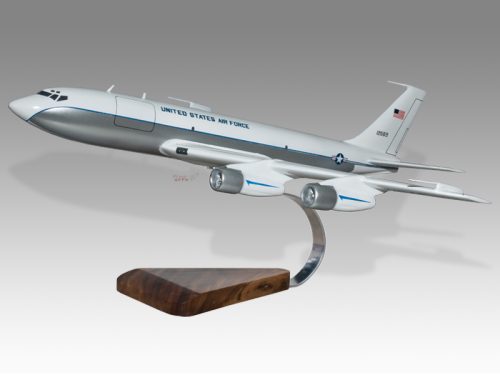
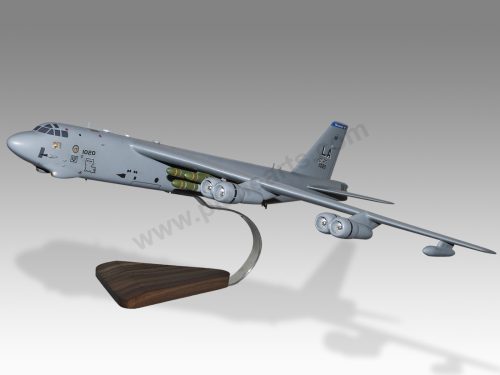

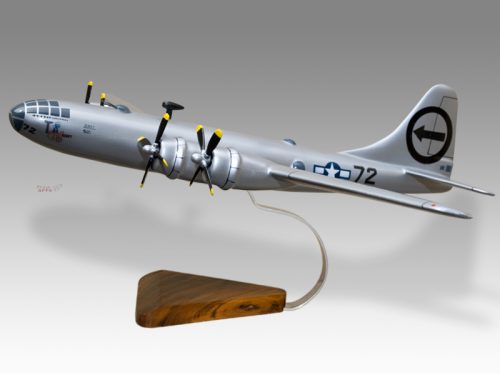
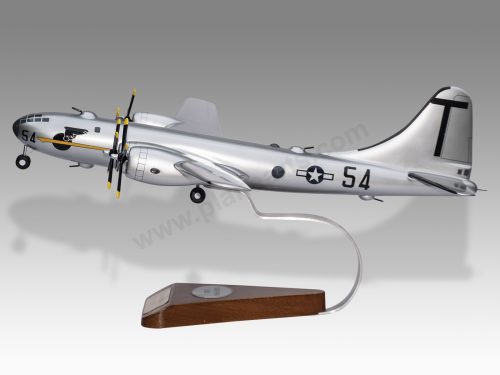
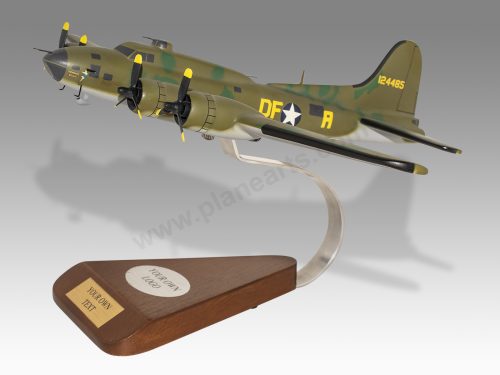
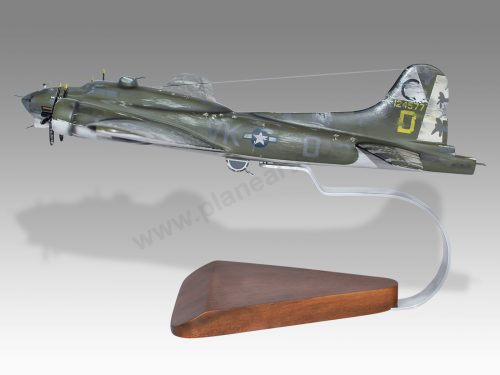

Reviews
There are no reviews yet.